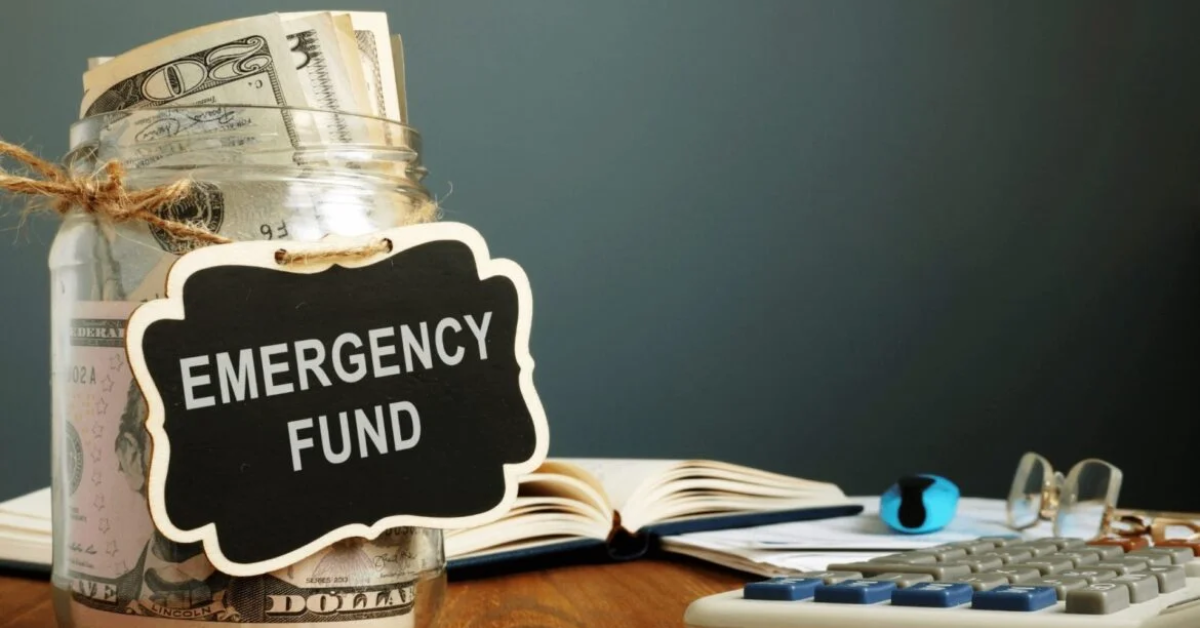How to Build an Emergency Fund from Scratch
If you’re wondering how to build an emergency fund with no savings, this guide will walk you through step-by-step actions to begin building your fund from zero—without overwhelming your budget.
Building an emergency fund may sound like a challenge—especially if you’re living paycheck to paycheck or have never saved before. But no matter your income level, having a financial safety net can protect you from stress during unexpected situations. Car repairs, medical bills, or job loss can strike without warning. An emergency fund acts as your first line of defense.
1. What Is an Emergency Fund and Why You Need It
An emergency fund is a separate savings account reserved specifically for urgent, unplanned expenses. It’s not the same as your vacation fund or money for future shopping. This money is your buffer during emergencies like car breakdowns, sudden illness, job layoffs, or home repairs.
When you have emergency savings, you’re less likely to rely on high-interest credit cards or payday loans. Even starting with a small goal can provide peace of mind and reduce financial anxiety.
2. Set a Clear and Realistic Savings Goal
The first step in building an emergency fund is deciding how much you want to save. Many financial experts recommend saving at least three to six months’ worth of living expenses. But if that seems too big, start small.
A common initial goal is saving $500 for emergencies. Once that’s done, you can work your way up to one month’s worth of rent, then gradually expand your savings.
Write down how much your essential monthly expenses are—like rent, groceries, transportation, and utilities. This gives you a target and helps you see progress.
3. Assess Your Current Financial Situation
Before you begin saving, you need to know where your money is going. Review your monthly income and list all your expenses, including fixed bills and variable costs like food, fuel, and personal spending.
Identify small areas where you can cut back. Maybe it’s skipping one takeout order per week or canceling unused subscriptions. These tiny savings, when redirected into your emergency fund, can grow over time.
4. Open a Separate Savings Account for Emergencies
To avoid dipping into your emergency savings for everyday purchases, open a separate account just for this purpose. Ideally, choose a high-yield savings account that offers interest on your deposits.
Look for an account that is:
- Easy to access in real emergencies
- Separate from your daily checking account
- Free of monthly fees
Keeping your emergency fund in a different place creates a mental barrier that helps you avoid unnecessary withdrawals.
5. Start Small, But Start Now

You don’t need hundreds of dollars to get started. Begin with just $5, $10, or $20 per week—whatever your budget allows. The goal is to build the habit of saving regularly, no matter how small the amount.
Use an automatic transfer to move a fixed amount into your emergency fund every payday. Over time, you’ll adjust to having less spending money and your savings will grow in the background.
Even saving $3 a day can give you over $1,000 in a year.
Also Visit This 10 Smart Ways to Save Money
6. Use Unexpected Money Wisely

Any extra money that comes your way—like a tax refund, birthday gift, work bonus, or cash from selling old items—can go directly into your emergency fund.
Since it’s money you weren’t counting on, it won’t affect your monthly budget. This is one of the fastest ways to grow your savings without making lifestyle changes.
You can also consider taking on a small side hustle, selling gently used clothes, or doing freelance work to add to your fund more quickly.
7. Reduce Non-Essential Spending Temporarily
If you’re serious about building an emergency fund, consider cutting back on non-essentials—at least until you hit your initial savings goal.
For example:
- Pack lunch instead of eating out
- Pause unnecessary subscriptions
- Delay buying new gadgets or clothes
8. Track Progress and Stay Motivated
Use a savings tracker, budgeting app, or even a simple jar with sticky notes to track how much you’ve saved. Break your larger goal into smaller milestones (e.g., $100, $250, $500) and celebrate each one.
Seeing the progress visually can be motivating and keeps you focused on the long-term benefits of financial preparedness.
9. Use the Emergency Fund Only for Real Emergencies
An emergency fund is meant for unexpected and urgent situations. That means true emergencies—such as job loss, medical expenses, car repairs, or critical home maintenance.
Avoid using the fund for regular bills, shopping, vacations, or optional purchases. If you ever withdraw from your emergency fund, try to rebuild it as soon as your finances allow.
10. Rebuild and Expand Your Fund Over Time
If you’ve used part of your emergency fund, make a plan to replenish it. Once your short-term goal is reached (like $500 or one month of expenses), aim for long-term stability by growing it to cover 3–6 months of essentials.
Life changes like having children, changing jobs, or renting your first apartment may increase your emergency savings target. Review and adjust your goals annually.
Conclusion
Starting an emergency fund from scratch is possible—even with limited income. The key is to take small steps consistently and stay committed to your goal.







One Comment